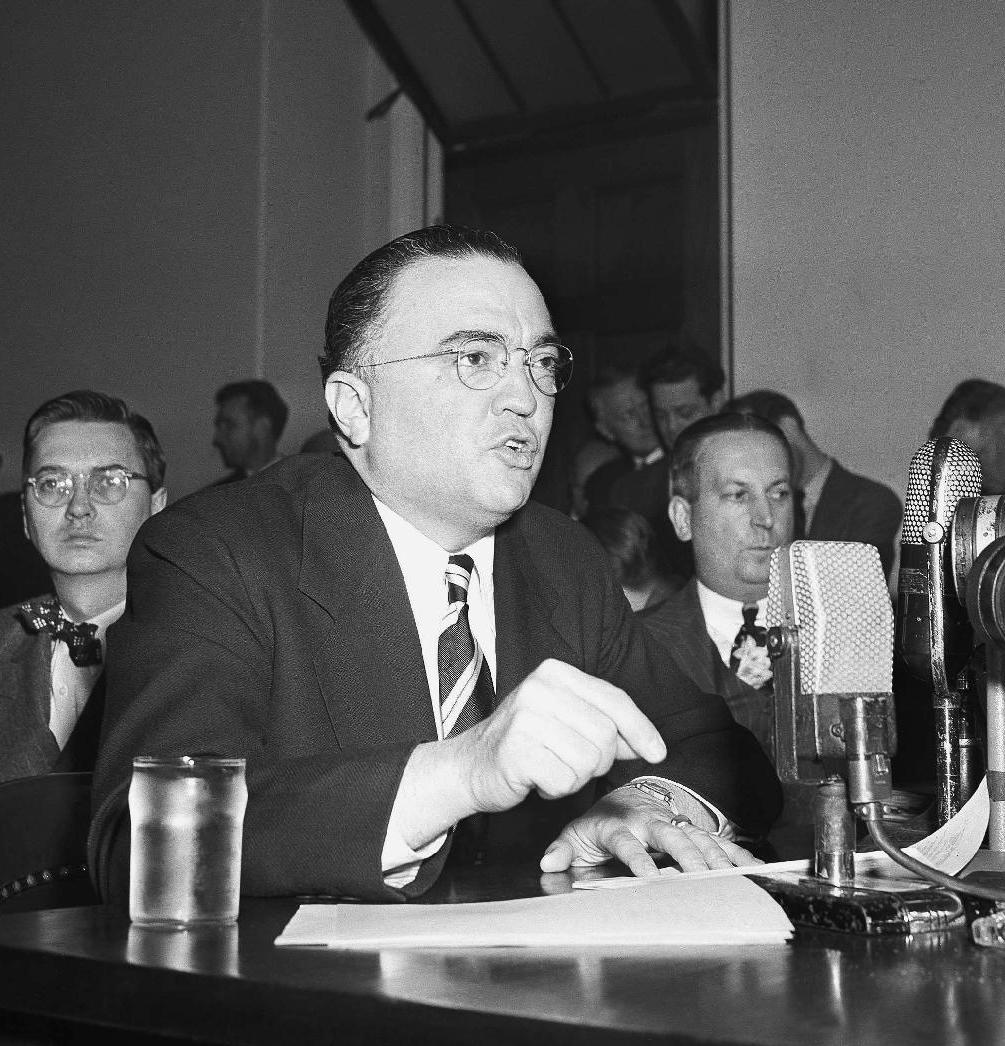U.S. trained ordinary Alaskans as secret agents during Cold War era
Fearing a Russian invasion and occupation of Alaska, the U.S. government in the early Cold War years recruited and trained fishermen, bush pilots, trappers and other private citizens across Alaska for a covert network to feed wartime intelligence to the military, newly declassified Air Force and FBI documents show. Invasion of Alaska? Yes. It seemed like a real possibility in 1950. This was not civil defense of the sort that became common later in the Cold War as Americans built their own bomb shelters. This was an extraordinary enlistment of civilians as intelligence operatives on U.S. soil.
The military believes that it would be an airborne invasion involving bombing and the dropping of paratroopers.
Project “Washtub” FBI memo
The Russians never invaded, of course. So the covert cadre of “stay-behind agents,” as they were known, was never activated to collect and report wartime information from backwoods bunkers. It was an assignment that federal officials acknowledged (to each other, if not to the new agents) was highly dangerous, given that the Soviet Union’s military doctrine called for the elimination of local resistance in occupied territory. “Washtub” was not, however, a washout.
While war with the Soviet Union did not come to Alaska, OSI trained 89 SBA [stay-behind agents], and the survival caches served peacetime purposes for many years to come.
Deborah Kidwell, official historian of the Air Force Office of Special Investigations

Cold War US Americas